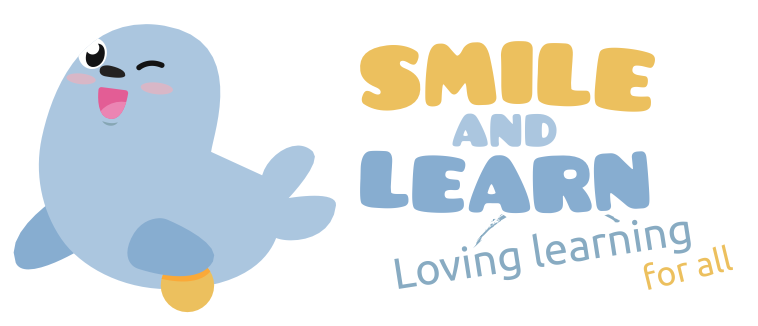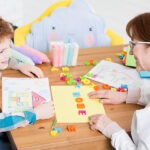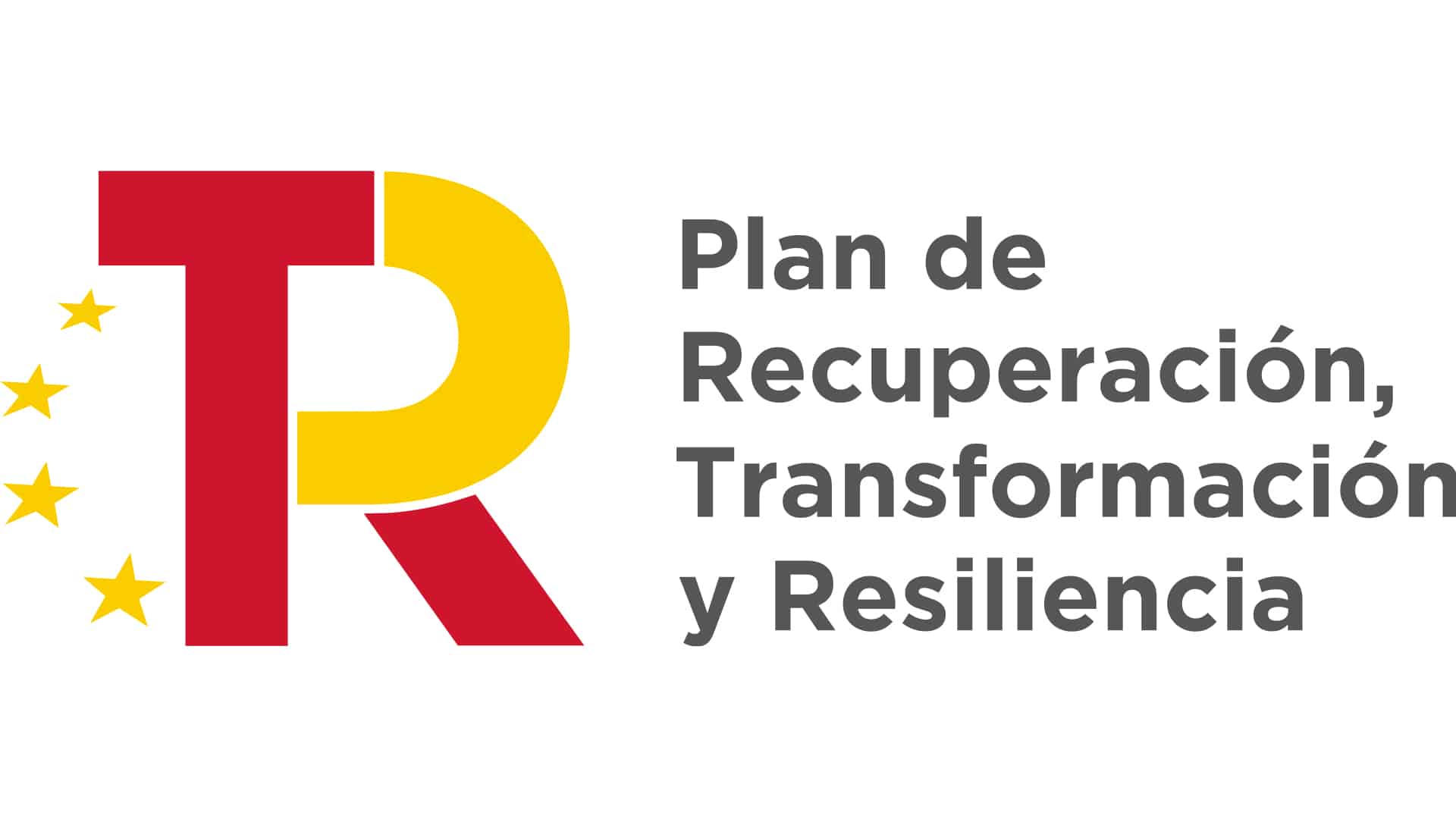ADHD is a neurodevelopmental disorder that affects millions of people worldwide. The disorder is complex, impacting several areas of life from academic and professional performance to personal relationships and self-esteem.
Symptoms begin in early childhood and continue into adulthood, so an early diagnosis is vital to establish guidelines for fighting symptoms and preparing necessary support.
School is one of the first places where ADHD symptoms can be identified, so in this article we want to provide some practical tips to help educators understand it better.
What are the primary symptoms of ADHD?
The main childhood symptoms are grouped into three categories: inattention, hyperactivity and impulsivity. Symptoms may present with different intensity and each case is different, so some children may present symptoms that others do not.
Inattention can manifest itself in the following ways:
- Having trouble paying attention to details in school work.
- Difficulty concentrating on tasks or games that require prolonged attention.
- Problems organizing tasks and activities. In addition, there is a tendency to forget daily events and frequently lose things.
Childhood hyperactivity isn’t necessarily an indication of ADHD. When it is, the hyperactivity is prolonged and has particular characteristics:
- Motor restlessness, i.e. difficulty sitting still or sitting for long periods of time.
- Tendency to run or move a lot in inappropriate situations.
- Difficulty concentrating in conversations resulting in a tendency to talk too much or to interrupt and speak out of turn.
Some of these characteristics might be confused with the standard behavior of children still learning behavioral norms. Therefore, if a child is suspected to have ADHD it’s necessary to seek a professional evaluation and diagnosis from a health professional who can establish ADHD management strategies tailored to each case.
How can we help students with ADHD in the classroom?
Helping students with ADHD in the classroom requires specific teaching strategies. Teachers must also be able to adapt their teaching style and tools to the student’s needs. Here are strategies and recommendations for supporting these students:
- Place the student near the board and away from distractions such as windows or doors.
- Also, allow short breaks so they can get up and release energy during or after a long activity.
- Keep a highly visible schedule of the daily routine in the classroom to help with time management.
- An established routine also reduces anxiety in students with ADHD. Introducing group activities into the routine allows students to be active and even move around. Notify students in advance when the schedule changes and explain why it changed. Placing clocks or timers next to the schedule allows students with ADHD to track the time remaining to complete a task and organize themselves accordingly.
- Give clear and simple instructions, especially before an activity.
- Ensure all students understand what they need to do. If someone is struggling with the activity, break it down into smaller steps.
- Using educational apps, audio books or videos can help capture the attention of attention-deficit students.
- By utilizing educational resources that stimulate the senses you can make your classes more dynamic.
- Finally, use positive reinforcement for good behavior.
- Praise and physical rewards give students with ADHD a concrete reason to improve and keep trying.
Inclusion is one of the fundamental pillars of Smile and Learn, and we have a team of professionals who create content specifically for all kinds of special needs.
- Each student can interact with the activities according to their needs and preferences.
- In our teacher analytics website (link) you can modify the settings by group or by student. You can adjust the activity’s difficulty level and viewing experience to make the content more engaging and understandable. You can also make the learning paths sequential so new activities only open after they complete previous ones.
- Practicing mindfulness techniques benefits all students as it helps them understand and regulate their emotions.
- Students with ADHD especially benefit from relaxation and breath control techniques as it helps them calm their impulsivity or anxiety at times of increased hyperactivity.
- In the Emotions section of the Smile and Learn app you can find different relaxation techniques and yoga activities that you can do with your students.
- Including the exercises in other activities will give students a break for both mind and body, allowing them to return to work refreshed.
Implementing these strategies in the classroom is unimaginably beneficial to students with ADHD. By doing so, you are providing them early with tools they can use to thrive socially and professionally for the rest of their lives.
If you haven’t tried our educational platform yet, you can do so through the following link.












